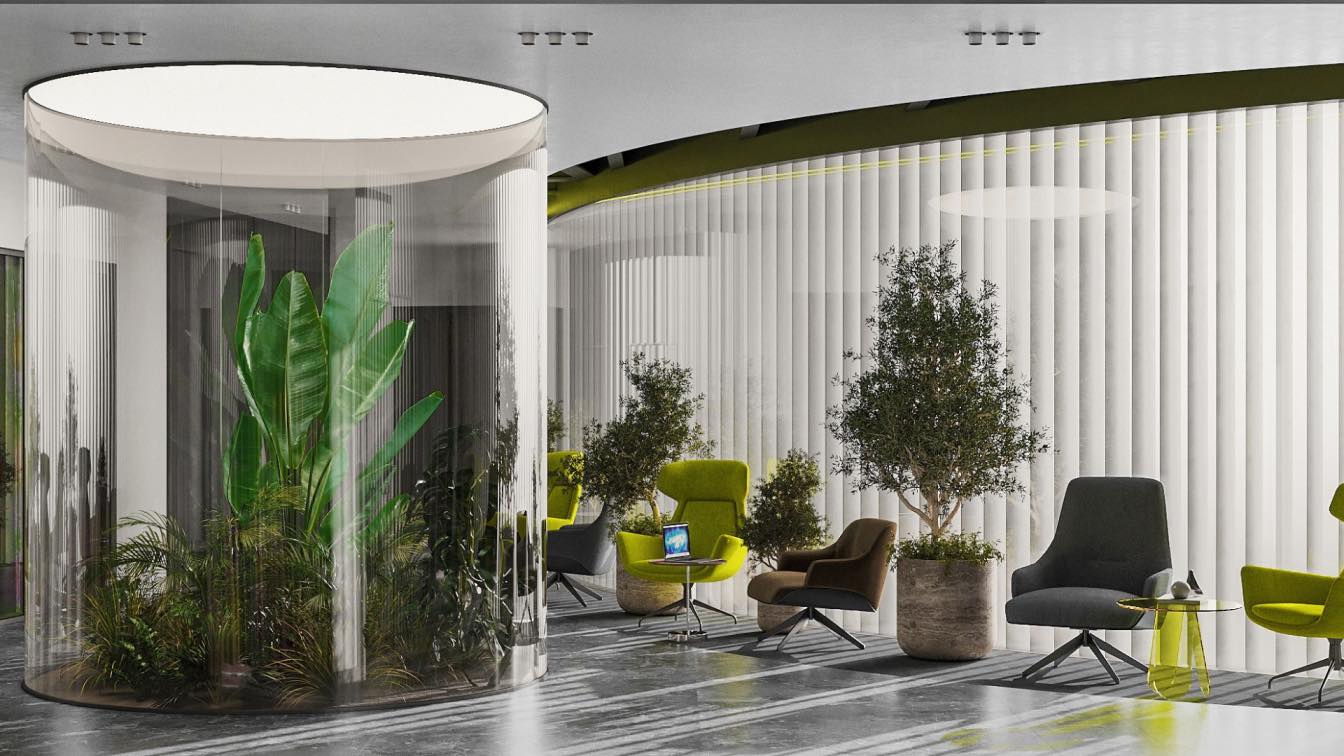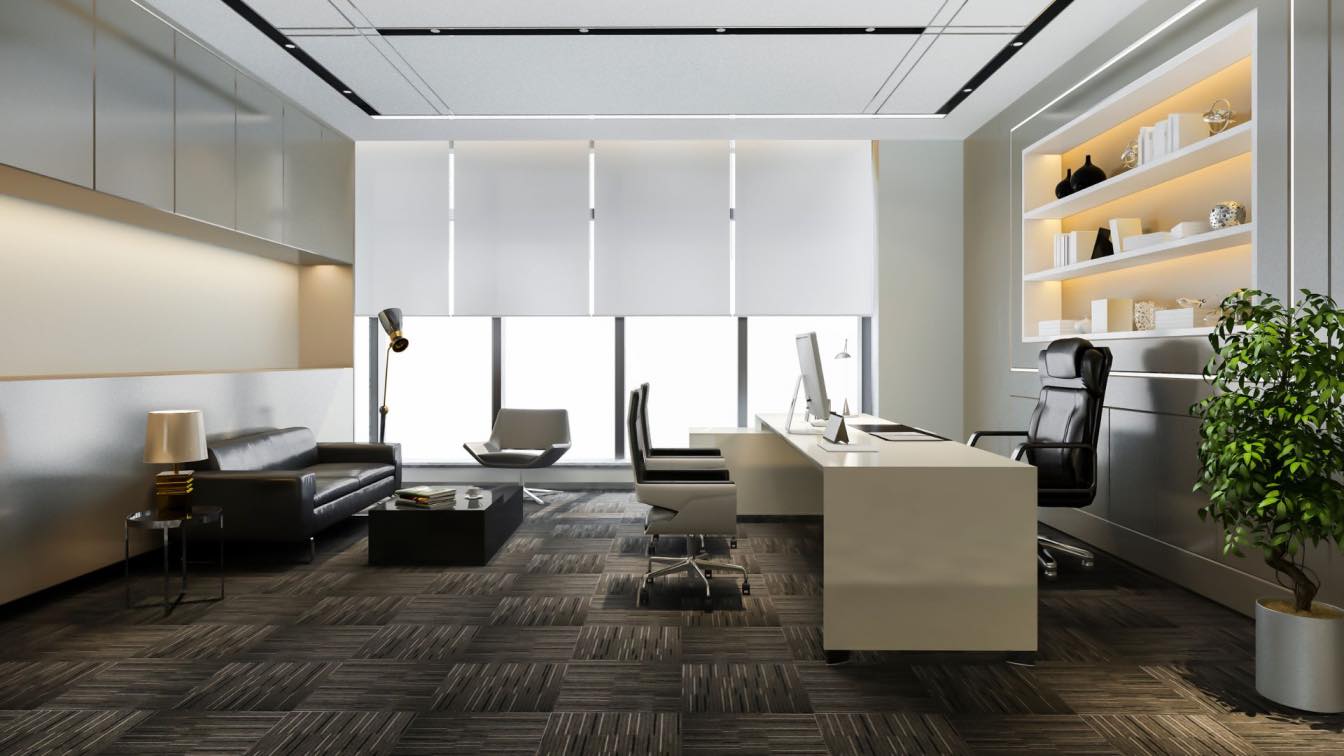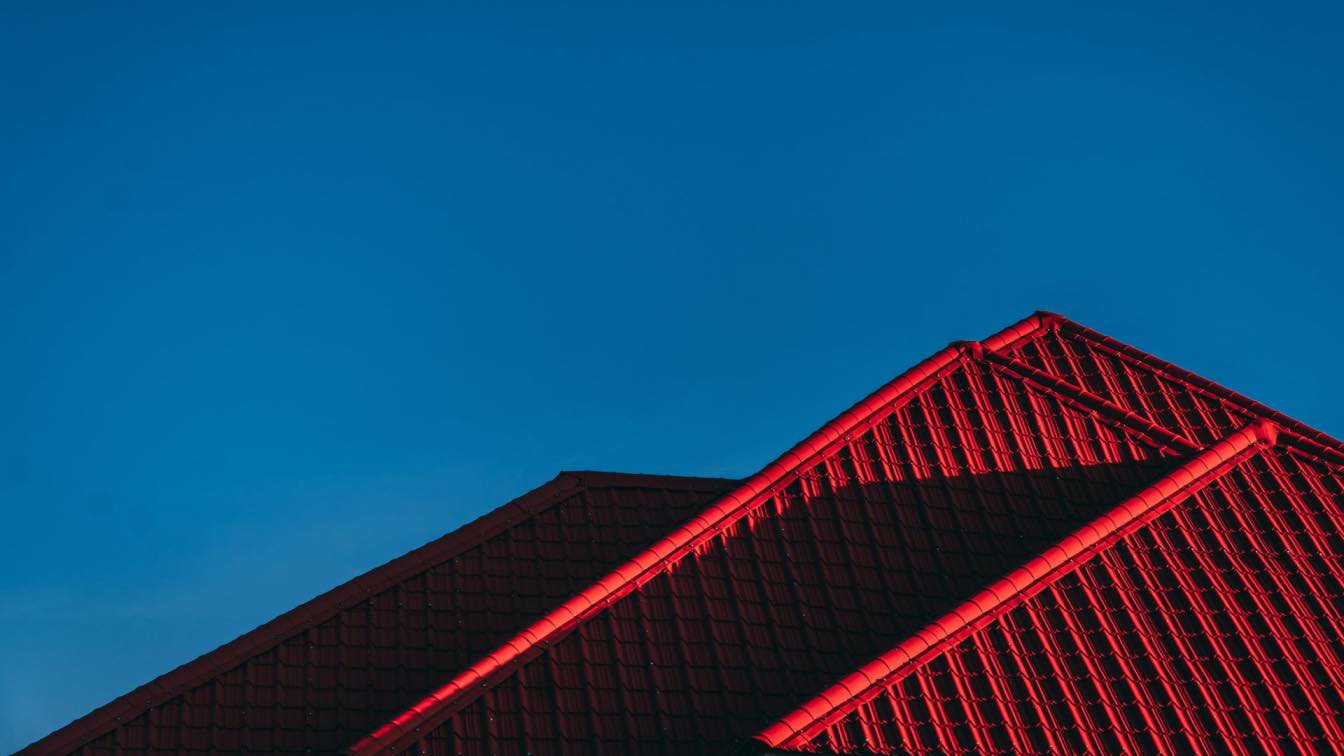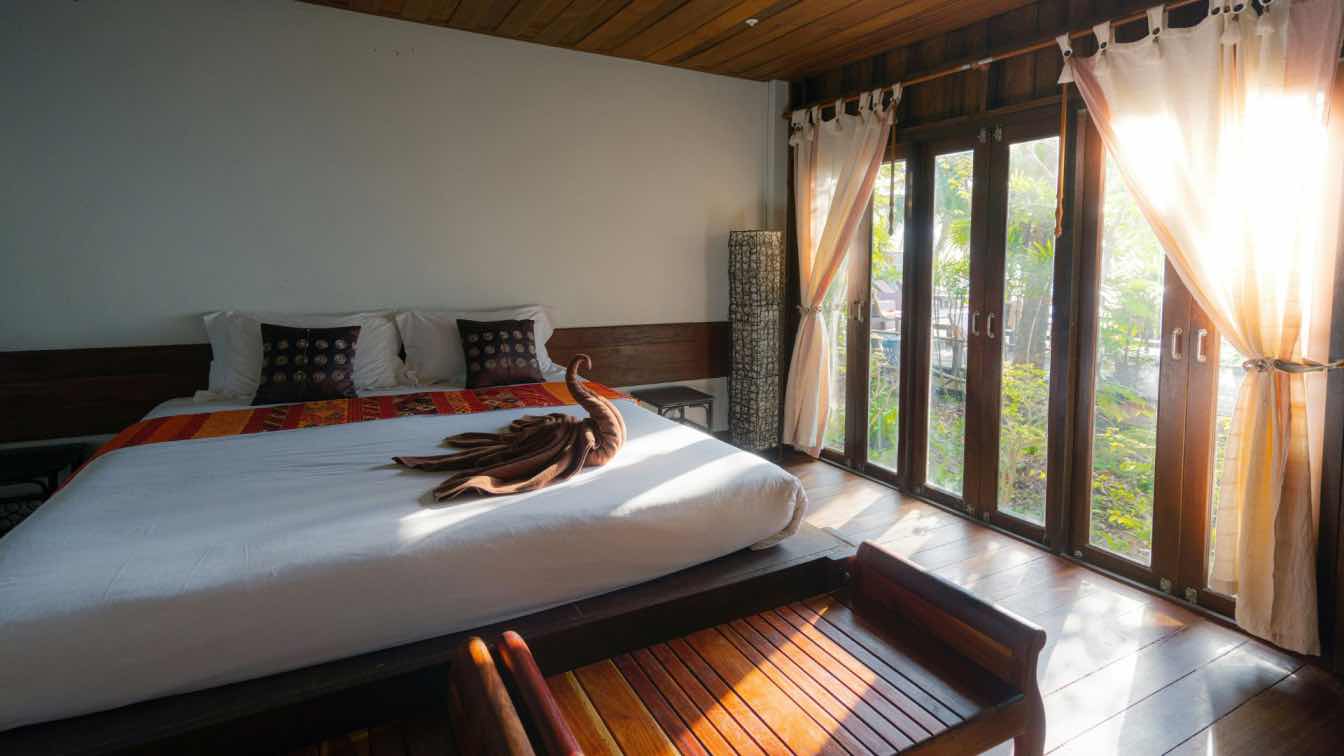The idea of sustainable development has long been popular in various fields. Sustainable development aims to meet the needs of the present without compromising the ability of future generations to live in a healthy environment. In the corporate world, modern businesses are taking steps to reduce their impact on the environment by creating eco-friendly office spaces. Implementing sustainable design is not only a contribution to caring for the planet, but also to optimizing one's own business. In this article, we will discuss how to design an eco-friendly office space that supports sustainable development.
Certification systems such as DGNB, LEED, and BREEAM are increasingly being used as a requirement for new buildings or major renovations. They assess the sustainability of buildings based on a set of criteria, serving as a guide for sustainable design and construction. An office can have a prestigious certification if the design takes into account the conditions of sustainable development.
The first thing to take care of is the efficient use of electricity in the workplace. Ten years ago, fluorescent lamps were generally accepted as the norm for offices, but with the increase in the cost of electricity and the decrease in the price of LED lighting, it has become the most optimal solution. Energy-efficient lighting devices, such as LED or CFL lamps, are an excellent alternative as they consume less energy and have a longer service life. However, the efficiency of resource utilization is ensured primarily at the stage of building design and development of the future office layout. The use of natural lighting, such as skylights or large windows, contributes to a reduction in artificial lighting usage. The building's engineering systems also have a significant impact on energy efficiency. It is reasonable to install computer-controlled heating, ventilation, and air conditioning systems in which the amount of air supplied and the intensity of its heating or cooling are determined by sensor indicators. By implementing energy-efficient systems in the workplace, companies care for both the planet's resources and their own, as using electricity more economically can significantly reduce operating costs.

The use of renewable energy sources such as solar panels or wind turbines, which generate renewable energy on-site, is relevant. "Green" roofs and walls are also an effective solution that helps reduce energy consumption. For example, the new Apple headquarters is equipped with a large array of solar panels and is powered 100% by renewable energy sources. The building is also constructed from recycled materials and designed to maximize natural lighting and ventilation.
Companies can design their office spaces with sustainable development principles in mind, using environmentally friendly materials or recycled materials, such as countertops made from recycled ocean debris. Furniture is an important component of any office space, but it can also have a significant impact on the environment. When choosing furniture, it is worth giving preference to products made from environmentally friendly materials such as bamboo, recycled plastic, or reclaimed wood. These materials have a smaller impact on the environment and give the office a unique and stylish look. It is worth considering the possibility of purchasing high-quality furniture designed for long-term use that can be repaired rather than replaced.

In the modern digital world, technology is an integral part of any office space. However, traditional office equipment such as printers, copiers, and computers can have a significant impact on the environment. It is worth investing in energy-efficient equipment and purchasing technological products certified as environmentally friendly.
Implementing biophilic design in the office has several environmental benefits. Plants are natural air purifiers and improve air quality by reducing the presence of pollutants such as formaldehyde and carbon dioxide. In addition, incorporating indoor plants into the office space creates a less formal and more natural environment, which helps reduce stress and increase work productivity.
Reducing waste is an essential part of sustainable development. Encouraging employees to recycle, compost, and reduce their use of disposable plastic utensils, paper towels, and so on is a significant contribution to sustainable development. Installing sorting bins in common areas and implementing a food waste composting program are also important steps towards environmental sustainability.

Transportation is a significant source of greenhouse gas emissions. To motivate employees to commute to work by bicycle, it is worth providing a place for bike parking in front of the office and showers in the building. It is also worth offering incentives for employees who use environmentally friendly transportation.
Therefore, designing an eco-friendly office space is crucial for sustainable development. By implementing energy-efficient lighting, eco-friendly furniture, eco-technologies, indoor plants, waste reduction strategies, and eco-friendly transportation methods, companies can significantly reduce their impact on the environment while creating a unique and stylish office space. Such a conscious choice will not only benefit the environment, but also improve the health and productivity of employees, and therefore, the profitability of the business. Let's start making our contribution to creating a sustainable future for future generations.





